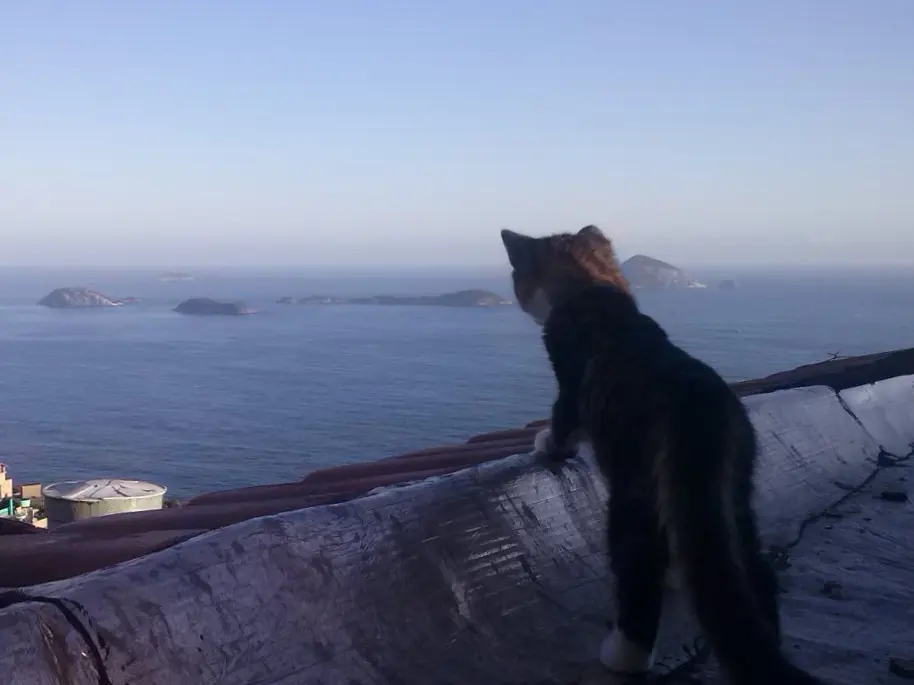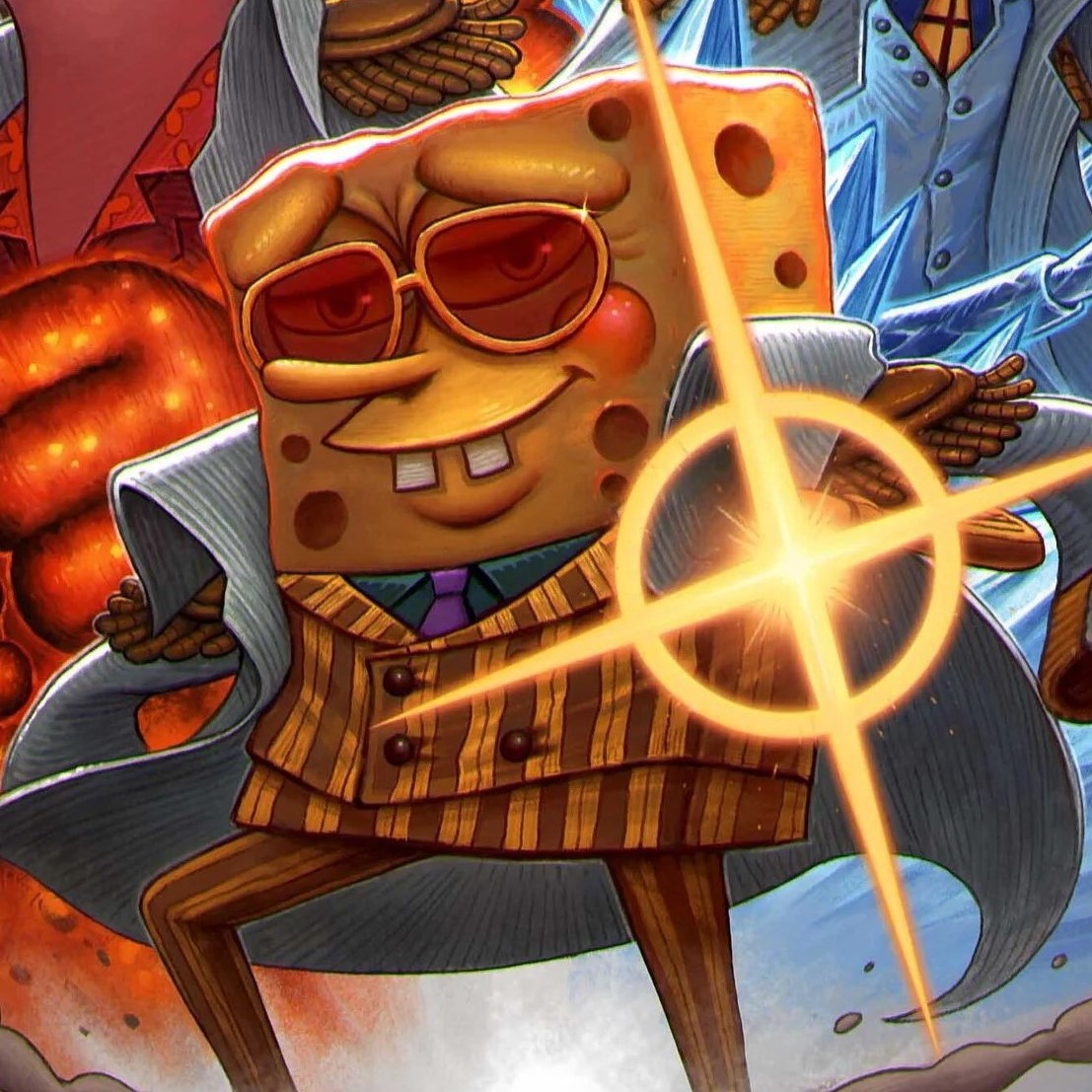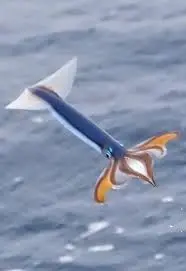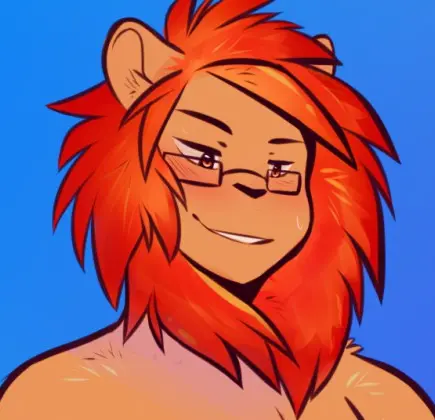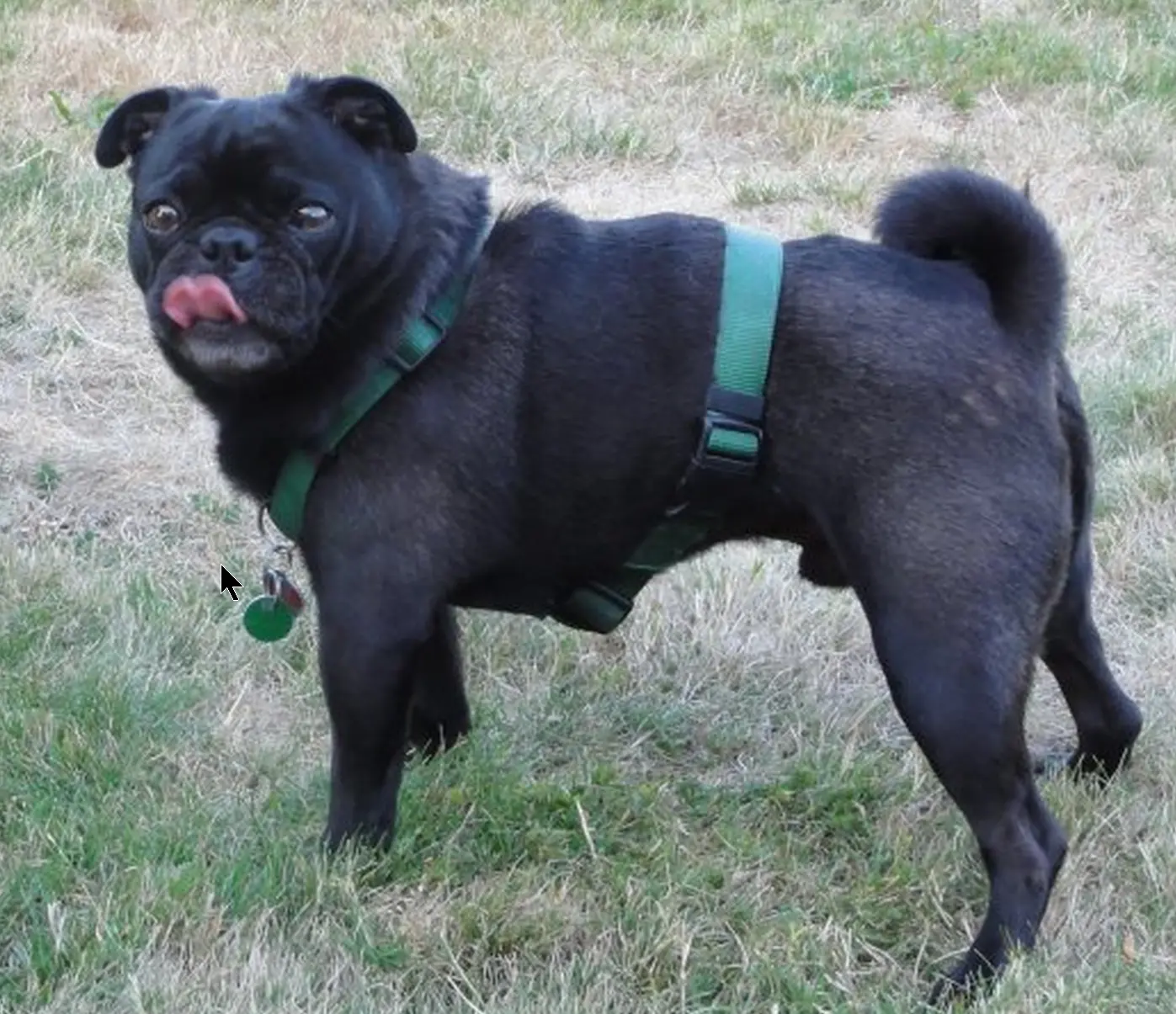What evolutional benefit is that?
I’m not sure of the answer, but generally not everything has to have an evolutionary benefit. As long as it isn’t detrimental to a species reproducing, it will continue to exist in the population.
People think of evolution as it’s needed straight A+ to pass, when C is enough.
So instead of “C’s get Degrees” it’s “C’s make Babies”
Technically, Ds make babies.
“D=Diploma, baby”-T-rexes, probably.
Also what’s the definition of “passing?” The dinos we are talking about are extinct, they didn’t “pass” for long. A+ creatures things like alligators, ants, and crabs. On average a given species survives around a million years before going extinct. How long do you have to exist before you’re considered a successful species?
T. rex was around for 20 million years or so, I’d say they passed for long enough to be considered successful. Despite the tiny arms.
I think that’s been narrowed down to about 2 million years. But that got cut short by a mass extinction event, so it’s hard to say how long they would have lasted otherwise.
If you can’t survive a mass extinction are you even really alive?
Well well well, let’s find out
A question that’s going to be surprisingly easy to answer in the near future.
100+ million years qualifies as right in the middle of “for long” in my book. The fact that an asteroid or comet of biblical proportions wiped them out has nothing to do with evolutionary effectiveness. Most of the animals that did survive either A) lived in water or B) lived underground.
I don’t think science really categorizes species based on how successful they were. “Passing” in this sense refers to the individuals in the species who were able to reproduce, not the population as a whole. Most dinosaurs “passed” until ecological conditions killed them off, they didn’t die because they failed to adapt. A lot of the species that survived mass extinction events were just lucky, rather than having some ideal set of characteristics that allowed them to survive.
I agree that most species surviving mass extinction events were just lucky, but I think that also says something special about the ones that survived MULTIPLE events (ants), or those that effectively re evolved into existence after extinction events (crabs)
Someone will likely chime in with a more complete answer but the short answer is large therapods had big heads because they needed big strong heads for killing big strong prey.
If a stronger bite results in more successful kills, that creates a selective pressure towards the individuals with stronger bites. Weak bite dinosaurs die. Strong bite dinosaurs live.
To get a stronger bite, you need a lot of features. (Ex. more muscles, different structural elements) and this generally leads to heads getting bigger because big heads have more places for muscles and will then bite harder. Plus, bigger heads can bite bigger things (like, bigger necks).
The opposite is true for the tiny arms. The arms are not tiny because it’s beneficial for them to be that small. They’re tiny because there’s no reason for them to be big.
If you have two individuals. They both have big powerful legs, and big powerful heads but one also has thick ole arms. If those arms don’t provide any advantage to the individual, then they just cost energy, and put that individual at a disadvantage because they spent energy on arms while the other guy did just as well without them.
There is a much better, much more science-y answer to this too but I hope this helps in a more basic sense.
And I bet there are some cool YouTube videos and such on this exact thing if you want to do further research.
The opposite is true for the tiny arms. The arms are not tiny because it’s beneficial for them to be that small. They’re tiny because there’s no reason for them to be big.
It is theorised that it might actually have been an advantage to have smaller arms, so there may have been some selective pressure:
“What if several adult tyrannosaurs converged on a carcass? You have a bunch of massive skulls, with incredibly powerful jaws and teeth, ripping and chomping down flesh and bone right next to you. What if your friend there thinks you’re getting a little too close? They might warn you away by severing your arm”
https://phys.org/news/2022-04-rex-short-arms-lowered-frenzies.html
In case of larger species with a tremendous bite force getting bitten in the arm would probably result in very bad, and likely very short, times.
interestingly, the opposite happened in south america, where megaraptors evolved long arms with more flexible hands for hunting prey
deleted by creator
Keeps them from masturbating, allows them to transmute their sexual energy into raw power when not actively engaging in sex.
The dinos invented nofap
Man, you are gonna look so foolish when that fossil is found.
There was an evolutionary trend among carnivorous theropods that the larger they grew the less they used their arms to grab the prey: If you can either inflict a deadly bite or grab the whole neck in your jaw, grabbing with claws becomes unnecessary. Two lineages took it particularly far: in abelisaurids, such as carnitaurus, the arms became vestigial and in some cases completely disappeared.
In a separate theropod lineage, T-Rexes, while much bigger than any abelisaurid and with a bigger head, did not have vestigial arms. Their arms, tho tiny, still had bones that locked into each-other and seemed to have muscle attachments. There’s been several theories as to why: This certainly meant that T-Rexes still used their arms, but how? The main theory is that juvenile T-Rexes had a different morphology as their adult counterpart. They already hunted, but much smaller preys, and with a different technique, so they would’ve still used their arms. On top of that, there’s the idea that adult T-Rexes might’ve slept on their bellies and their arms would’ve been useful to bush themselves back up.
Another reason for T-Rex’s large heads, in addition to their big jaws being terribly efficient, is that it may help with placing their center of gravity over the knees, which is useful to keep balance while walking or running.
Whaaat? As if a trex could push itself anywhere with it’s arms, that’s ridiculous!
We only know what their bones look like. Maybe they were swole af from all those T-Rex push-ups.
I know how unlikely this sounds, but I didn’t make it up, it’s an actual theory.
https://zenodo.org/record/3674749
https://www.scientificamerican.com/article/if-t-rex-fell-how-did-it/
They probably didn’t need their arms for how they hunted. Same as modern birds. Think of how an eagle kills and then eats its prey.
Birds use their arms extensively though, they’re wings
I’m speaking more to them grabbing the prey with their legs and just holding it to death. They also rip and peck with their beak as they hold the unfortunate snack. The same would probably be true for dinos with short arms minus the beak thing but they would use teeth instead.
Go look at an ostrich skeleton, and you’ll quickly realize that the arms on a t-rex skeleton have been posed backwards from what they should be. They’ve traditionally been posed based on the assumption that the skeletons were related to lizards. In reality, they’re avian, (we’ve found plenty of evidence that they had feathers, for instance,) and the tiny arms easily could’ve been wings like an ostrich. An ostrich skeleton also has the distinctive tiny arms like a t-rex, but they’re rotated 180 degrees to work as wings instead.
Their arms are small, but beyond that there’s basically nothing similar between them and an ostrich’s wing. The muscular anchor points are not similar at all to winged creatures, who require significant musculo-skeletal connection to the breastbone even in mostly vestigial wings. You can see this in the ostrich skeleton as the large “blob” of bone in the middle of the rib cage. There is nothing similar in the T-Rex. Even more of a problem with this theory is that the T-Rex’s popularity is in large part due to the fact that we’ve discovered a fairly large number of T-Rex fossils in good condition and not substantially disturbed… It’s why we have famous models like “Sue” and “Black Beauty” that make such good displays in natural history museums. Unless you’re proposing that a dozen different skeletons from several different regions with different ages all had bones shift after death to end up in the same position…
Our knowledge of what dinosaurs looked like is not perfect, but we’ve also come a very long way from the Magdeburg Unicorn or horned Iguanodons of the 1800s. Paleontology has largely moved past “puzzle piece” biology, where things are just haphazardly thrown together because they kinda look like they fit. There’s comparison to other species - not just reptiles- to see what are comparable modern equivalents or to other contemporary animals. There’s kinematics and musculature considered. Unless some fossil discovery is made that completely upends the evidence we have now, at least in the case of skeletal articulation of well-known and well-studied species like T-Rex, we can be reasonably confident that we’ve got it pretty close when it comes to what their skeletons looked like.
There were some articles last year that said they think T-Rexes had small arms so they don’t get bitten off when competing for food with other T-Rexes.
Before anyone goes and asks why they had arms to begin with, remember that whales tend to have very tiny legs on the inside of their bodies.
Their vestigial hip bones serve as an anchor point for their genital muscles. Those have to anchor somewhere or the whale can’t reproduce
Just imagine a whale walking around on tiny legs.
That’s probably what drove them into the water in the first place—everyone laughing at the way they walked around.
You haven’t been to the Midwest, have you?
Do y’all have whales and no one told me?
Oh, they got some biggins. Some even get electric wheelchairs to move about. I hear West Virginia has the most though.
Ah man I thought this was on dad jokes for a minute.
Sauropods had tiny heads and huge legs. So it varies. Evolution is an amazing thing.
arms wont just “go away” when an organism evolves to use them less, and eventually would become vestigial. However I think that this question relies on a sweeping generalization that is not backed by evidence, only supported by media and the way we usually see dinos depicted
Not an expert here, but I think you’re looking at this particular example backwards. Evolution isn’t a “smart” process that picks and chooses favorable traits, it’s more simply “this animal with these traits was able to survive and mate, so these traits get passed on”
So start with what was before the dinosaurs, to my recollection that would be some kind of amphibian, living in both water and land. Probably has four equal-length limbs and walks on all fours.
Whatever exactly happened between A and B idk, but eventually you get to the dinosaurs that walked on two legs. And that there is the answer. They used their legs more, their arms became less important to their survival techniques, and so over time they shrunk.
Survival for those guys was “run fast + big jaws and sharp teeth”. Long tails for balance while running, not much use for the arms. They didn’t shrink because it was an evolutionary advantage, they shrunk because they weren’t doing the heavy lifting. Terrible pun intended.
Evolution is the process of turning things into crabs. The little T-rex arms were just part of this process.
Which dinosaurs? Predators usually had relatively large heads because big head > big jaw > kill better and bite off more meat. But herbivores usually did not, as they could just focus on plants (instead they could develop longer necks to reach them in various places); some species such as Stegosaurus had rather famously tiny heads.
Tiny arms are associated with Tyrannosaurus and similar large theropods, but lots of other dinosaurs had relatively large arms, such as Dromaeosauridae (“raptors”). Their arm size probably reflected how much they were used during hunting - raptors’ much more so than T-rex’s, the latter probably relied on its jaws primarily. Of course discussing “arms” of various gigantic four-legged sauropods is pointless…
Basically there’s too much variety among dinosaurs to answer your question directly.
Can we acknowledge the super polite way the second linked article calls something bullshit?
Gregory S. Paul, in his 1988 book Predatory Dinosaurs of the World, also considered Deinonychus antirrhopus a species of Velociraptor, and so rechristened the species Velociraptor antirrhopus.[34] This taxonomic opinion has not been widely followed
Idk, I’ve read some relatively popularly-oriented stuff on dino paleontology and classification, and some of those areas are shockingly shaky, so I don’t think this is meant to be some special “diss” at the researcher. E.g. when I was a kid I knew very well what Troodon was, it was shown in all those dino encyclopedias and “documentary” films (Discovery Channel’s Dinosaur Planet), noted for having the largest brain-to-body ratio, but it turns out that the whole species was reconstructed based on vague fossil fragments (like many other species, mind you) and tenuous connections between them (i.e. without good reasons to assume they belong to the same animal), and the current consensus is that the species literally did not exist at all. Having your taxonomic reclassification rejected seems pretty negligible compared to erasing a whole damn species…
deleted by creator
i think its quite obvious they’re talking about large theropods like Tyrannosaurus
So just because a living thing has a certain feature doesn’t mean that feature is advantageous. It simply means it doesn’t hinder reproduction. Dinosaurs in particular are also difficult to study since we really only have bones to go off of. Animals alive today often look nothing like their bone structure suggests so we might be thinking of dinosaurs all wrong.
From some googling, it seems scientists are guessing as the heads became larger, the arms became smaller. Their giant heads are thought to provide bone crushing jaw strength. Maybe their giant heads used up so much energy that maintaining complex limbs was too much. Another thought is that they ate in packs and limbs would get in the way while pack eating.
The tail plumage of peacocks for example is the opposite of advantageous in everyday life. But since it’s sexually selected for (peahens like a showoff with a big tail-fan as a sign of fitness), it’s advantageous for reproduction.
Arms cost calories. If you don’t need it, better to have less investment in it
arms were evolving to become vestigial
The best answer comes down to two factors; oxygen and food. Oxygen levels were much higher 45 million years ago than they are today, and exposure to high amounts of oxygen have shown to drastically increase the productivity of the human body, so why not the same for animals. Second comes down to food. The more food, the more of an animal. The bigger the prey, the bigger the preditor needs to be or they need to be in greater numbers. When creatures like brachiosaure exist, it would understandable be difficult to kill it when small, thus animals that were larger would have better chances, or conversely animals that worked together. Of course, this is somewhat speculation and there could be other factors involved, but this is the simplest answer that makes sense.


